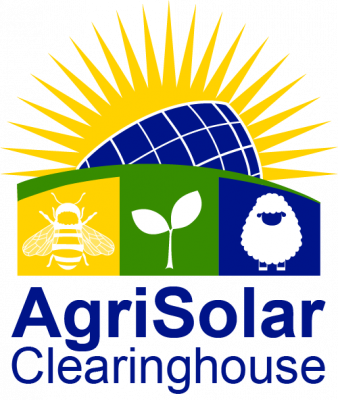TECHNICAL ASSISTANCE
The AgriSolar Clearinghouse is here to connect you with trusted, practical resources. Send us an email or call 866-723-8677.
FORUM
Join the AgriSolar Forum to connect with researchers, farmers, ranchers, solar developers, land managers, grazers, beekeepers, and businesses who are co-locating solar and sustainable agriculture.
INFORMATION LIBRARY
Explore the AgriSolar Clearinghouse Information Library for trusted resources on how to co-locate solar and sustainable agriculture.
